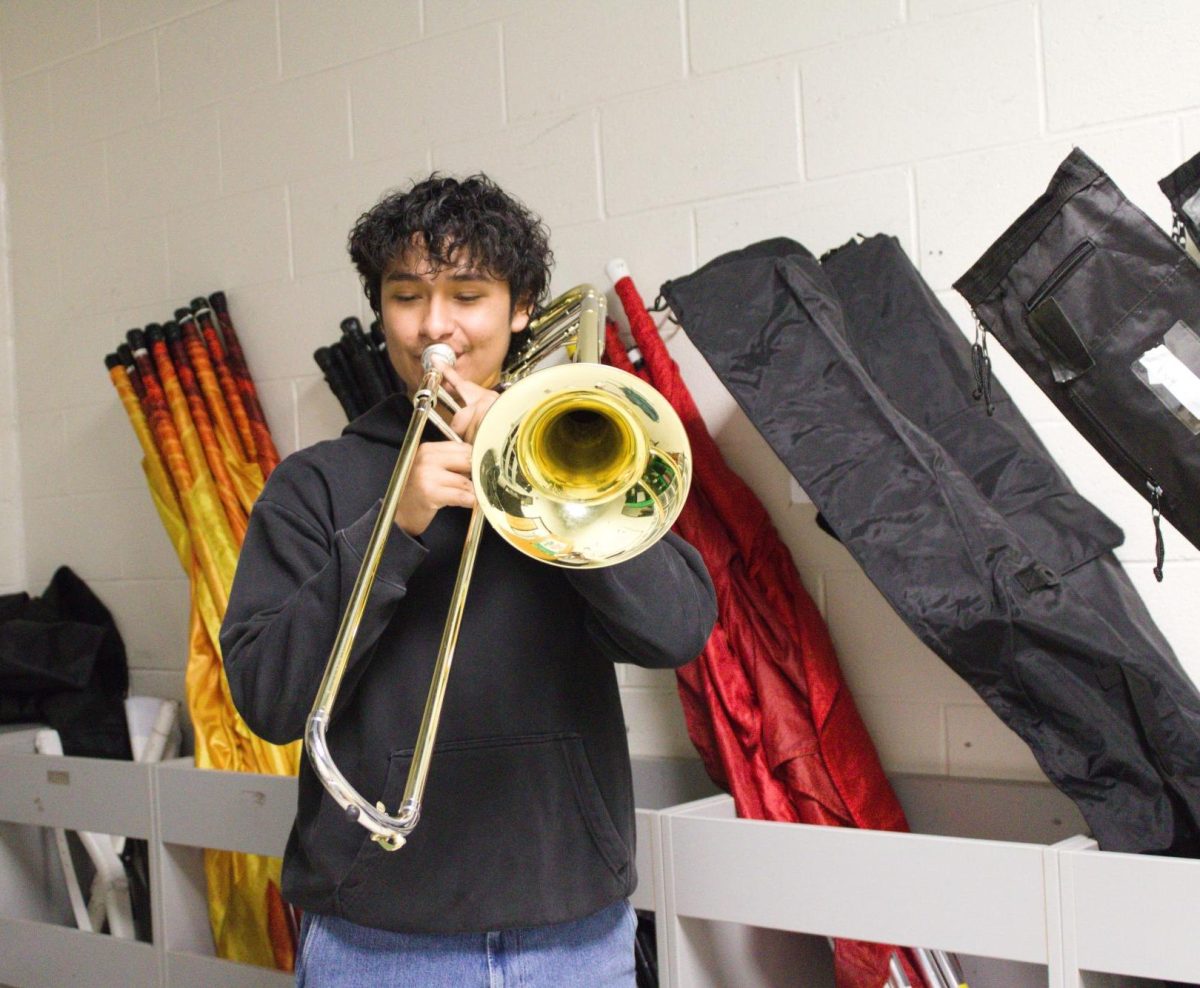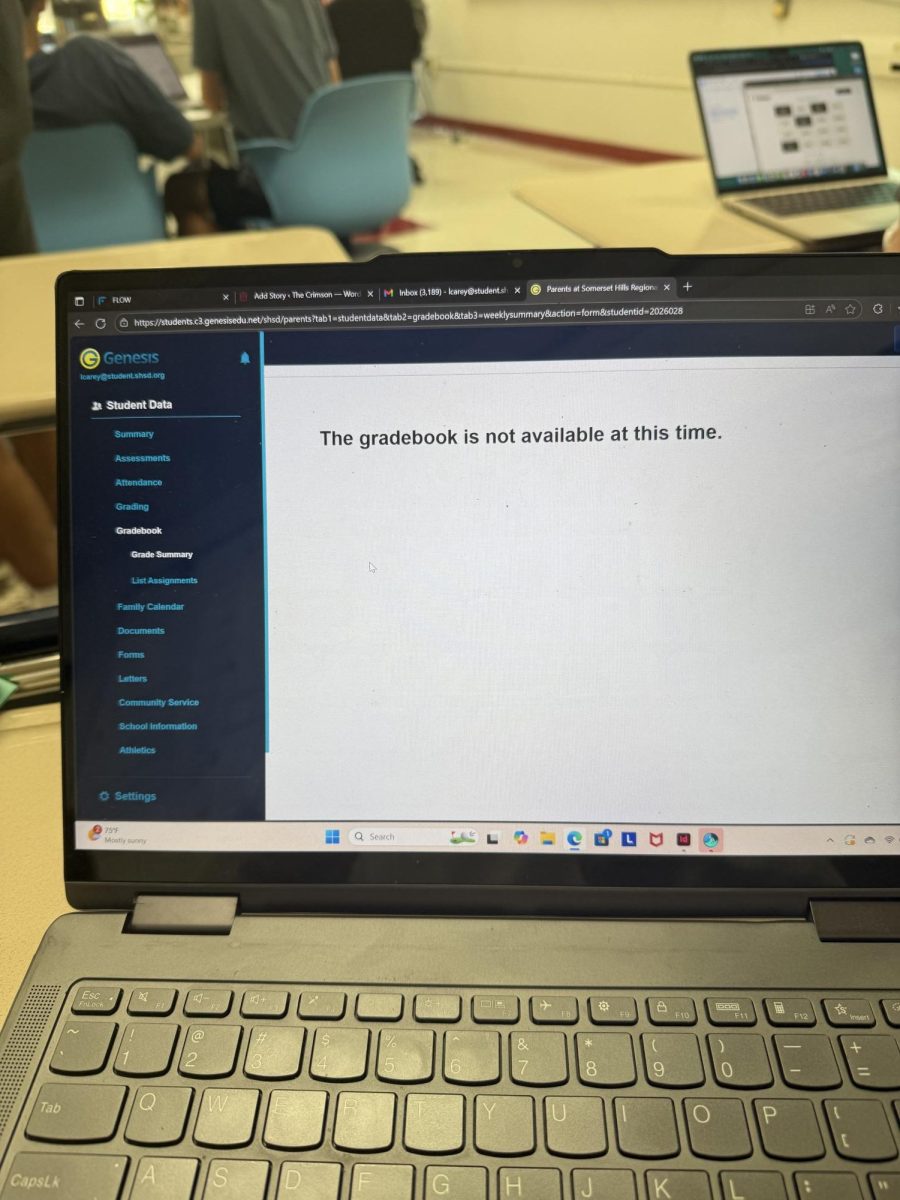In mid-June, then Board of Regents President Janie Mayeron woke up to two words spray painted on her doorstep — “NO MISSILES.”
Amidst budget and funding cuts at the time, the Board of Regents faced backlash for deciding to sell 60 acres of land to St. Paul based defense contractor, North Wind.
That land sale was part of a larger effort to bring defense dollars to the University of Minnesota and the state at large. One facet of this initiative is the launch of the University of Minnesota’s new National Security Research Institute, which was quietly postponed.
What is the NSRI?
According to the Research and Innovation Office, or RIO, website, NSRI aims to create partnerships between the University and national defense-oriented organizations, including the United States Department of Defense, by advancing research in six areas: hypersonics, microelectronics, medical solutions for service members, data science & AI, materials in extreme environments and geospatial imaging.
NSRI is modeled after the Defense Advanced Research Projects Agency, the central research and development organization of the DOD tasked with creating new defense technologies.
Shashank Priya, Vice President for the RIO, first pinpointed national security as a growth area for the University of Minnesota in December 2022 in an annual research report to the regents. In the report, he cited the University’s relatively low level of support from the DOD compared to other universities.
Priya said in the report that the University is developing a strategy to be better positioned for national security-related resources.
“This includes: developing partnerships with various institutions in the DC area, embedding our leaders on the prominent committees and boards, and organizing planning events on behalf of the agencies,” Priya said.
He also said the University is developing the infrastructure needed to perform restricted research, which includes projects that may not be freely disseminated by researchers to the public.
In a statement to the Daily, the University public relations office said the discussions around establishment of an institute began in earnest in summer of 2023.
“The University has nationally-recognized expertise and unique infrastructure and resources in place to make a profound impact on national security challenges, which extend beyond military preparedness, including (but not limited to): the nation’s food supply, energy, water resources, climate change, public health, cyber security, and civil, environmental and commercial infrastructure,” Public relations said in the statement.
How the University has expanded their defense footprint
This May, the regents approved the $8.1 million sale of land to North Wind to develop a Minnesota Aerospace Complex, which will include research facilities, wind tunnels and lab space for the College of Science and Engineering.
Regent Robyn Gulley said she was unaware of the controversy surrounding North Wind when she voted to approve the sale.
“I really didn’t know the concerns about North Wind as a company until I started getting emails about it a couple of days before the June board meeting,” Gulley said. “So I absolutely would have brought it up. But I wasn’t aware of the controversy or the challenges around them as a company.”
The sale was passed as part of the regents consent agenda along with other real estate transactions, a practice intended to streamline meetings by grouping together routine items for a vote.
In September of last year, North Wind entered a nearly $100 million contract with the U.S. Army as part of their Training and Readiness Accelerator II or TREX-II program to build facilities for hypersonics weapons testing, including for the development of boost-glide vehicles.
TREX-II states that its mission is to “develop modeling, simulation and training related prototypes to enhance the mission effectiveness of military personnel and the supporting platforms, systems, components, or materials proposed to be acquired or developed by the DoD.”
The contract outlines that North Wind and the University of Minnesota entered a memorandum of understanding that the parties will collaborate to design and operate the facilities.
A week later, the University of Minnesota was awarded a $10 million U.S. Army contract from the Program Executive Office Simulation, Training, and Instrumentation to develop computational tools to enhance hypersonic modeling and simulation.
According to the National Science Foundation’s Higher Education R&D Survey, the University of Minnesota ranks 9th in DOD-funded research and development expenditures of the 14 public Big Ten universities reporting data in 2023. However, these expenditures have grown in the past decade from a little over $11 million in 2010 to almost $40 million in 2023.
Nonprofits, Academics and the Pentagon
The launch of the National Security Research Institute connects to a broader effort throughout the state, led in part by nonprofit lobbying group Minnesota National Security Ecosystem, or MN-NS-ECO, according to emails between Priya and MN-NS-ECO founder Bill Harper.
The recently incorporated nonprofit has established ties with academic institutions across Minnesota, including Metro State University, the University of St. Thomas and the University of Minnesota, with Priya also sitting on its inaugural board.
Harper, who leads the organization, is the founder of a consulting firm that assists clients across industries, including defense, healthcare and manufacturing in securing federal funding.
The MN-NS-ECO website reads that they are concerned with the historic lack of defense spending in Minnesota.
“Every year, Congress appropriates nearly $850 billion in support of national security. Historically, Minnesota has ranked near 50th in defense spending per capita. We can do better,” The website reads. “There is a need to support our businesses, entrepreneurs, and world-class academic institutions to compete more effectively for federal funding that supports national security-related innovation and job creation in Minnesota.”
In 2023, the Office of Local Defense Community Cooperation reported that though Minnesota received nearly $1.5 billion in defense contracts, it ranked 40th in total defense spending and 51st in spending as a share of state GDP (including the District of Columbia).
NSRI launch delayed and university websites scrubbed following protests
The launch of the institute, originally set for June at the Minnesota State Capitol, was discreetly relocated to Huntington Bank Stadium after protesters interrupted the June regents’ meeting regarding the University’s sale of land to North Wind.
After the attacks on U.S. representatives Melissa Hortman and John Hoffman, the University postponed the event indefinitely, though the search for the Institute’s inaugural director subsisted, according to University public relations.
University public relations said in an August email to the Daily that there were no updates to the NSRI launch at the time.
Citing security concerns, the University also removed all links on the NSRI website to affiliated University of Minnesota departments and researchers, including the Computational Hypersonics Research Laboratory and Remote Sensing and Geospatial Analysis Laboratory.
The webpage outlining the agenda for the inaugural National Security Research and Innovation Day Conference in February, during which Priya publicly announced plans for the institute, was also altered to remove names of affiliated researchers in the wake of the protests.
This story was originally published on Minnesota Daily on August 31, 2025.









































